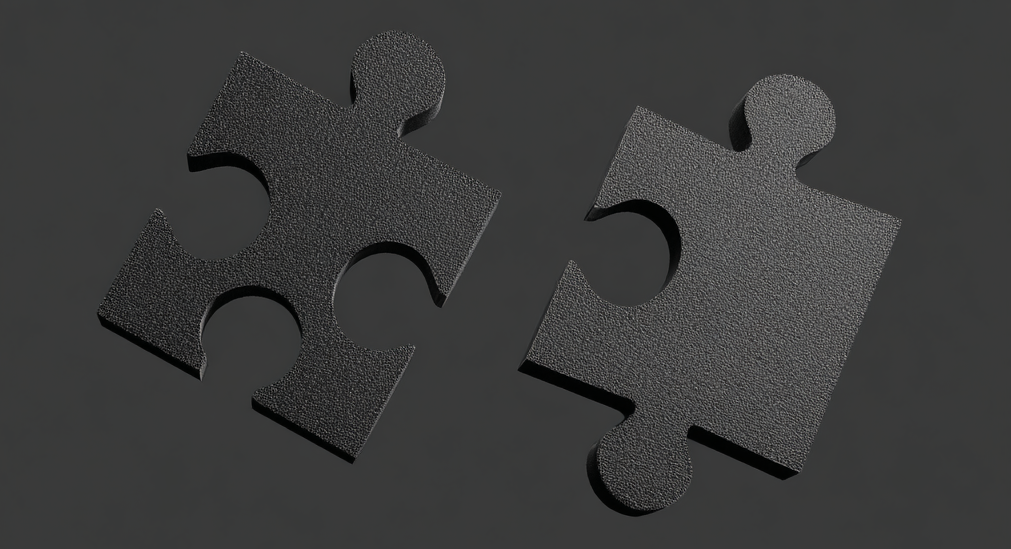The word “deflection” is used in far too many sales pitches involving CX software. Every vendor deck promises fewer tickets and lower costs driven by deflection. But customers do not want deflection.
Yes, it trims your queue, but it doesn’t grow your business, it doesn’t make your customers feel cared for, and it certainly doesn’t build loyalty.
If all your automation is doing is shoving people toward FAQ articles, you’re not solving problems, you’re politely pushing them away, and customers can smell the difference a mile away.
It’s like a waiter who hands you the menu when you say you’re hungry—technically correct, but not exactly satisfying.
Resolution is the metric that matters
Let’s draw a clearer line:
- Deflection: “Here’s a help center link. Good luck.”
- Resolution: “I’ve paused your subscription, refunded your order, and emailed you the confirmation.”
See the difference? One feels like abandonment, the other feels like service. And customers do notice. Resolution creates trust, deflection erodes it.
The results back it up:
- CSAT (customer satisfaction) jumps when problems are resolved on the first interaction.
- Retention improves when subscription cancellations become pauses, swaps, or discounts.
AOV (average order value) grows when the right recommendation comes in the right moment, not after six frustrating chatbot loops. - NPS (Net Promoter Score) rises when customers feel their time is respected, not wasted.
Resolution creates what deflection never can: a customer who leaves the interaction saying, “Wow, that was weirdly easy.”
Resolution isn’t just service, it’s strategy
This is the part most leaders miss. Automation doesn’t have to be just about cost savings. When it actually resolves problems, it becomes a growth engine.
Think about it:
- Save sales: Don’t just process a cancellation, offer an exchange, substitution, or pause. Every save-the-sale is direct revenue back.
- Capture insights: Why are people canceling? Why are they returning? Fit issues, shipping delays, quality problems? That’s operational gold that can fix the root cause.
- Turn support into retention: Every ticket isn’t just a cost. It’s a chance to keep a customer who might otherwise walk.
- Make recommendations relevant: An AI that resolves can also say, “Looks like you’re returning this item—customers like you often prefer this version instead.” That’s not service or marketing. It’s both.
Put simply: resolution-first automation turns CX from a cost center into a profit lever.
Why deflection-first AI fails
So why are so many platforms still obsessed with deflection? Simple: it’s easy to measure and easy to sell.
- Train a bot on your help center.
- Count every “Did this answer your question?” click as a win.
- Show off “containment rates” as if abandonment = success.
Voilà, an impressive-looking slide deck.
However, if your AI’s “success” is based on how many customers gave up before reaching an agent, you’re not improving CX, you’re damaging it.
It’s like bragging that your restaurant is efficient because fewer people are complaining… when in reality they’ve just stopped coming.
This is why so many AI rollouts flop: they’re solving for the wrong metric. If “good” means “customer gave up,” then “great” is just faster churn.
What resolution-first AI looks like
Resolution-first automation is built for action, not evasion. It doesn’t just hand out knowledge, it fixes things.
Here’s what that looks like:
- Direct actions: Process refunds, handle returns, edit subscriptions, issue loyalty rewards, and update addresses. Real changes, not “read this article.”
- Smart saves: When a customer says “cancel,” don’t just click the red button, ask why, offer a skip or pause, suggest a product that solves the underlying problem.
- Clarifying questions: “Was the product defective, or just the wrong size?” That difference matters. One means ops needs to investigate quality; the other means an exchange can solve it instantly.
- Seamless escalation: Sometimes humans are necessary. But resolution-first AI passes full context, so the customer doesn’t have to retell their story three times.
The result is going to be automation that feels less like a chatbot and more like a teammate. A teammate who can do the boring, repetitive stuff instantly, and loop in humans when judgment or empathy is needed.
The upside is way bigger than cost savings
Let’s compare side by side:
Deflection-first AI
- Upside: Your team saves some time.
- Downside: Customers feel brushed off, insights get lost, churn creeps up.
Resolution-first AI
- Upside:
- Retention: Prevent churn before it happens.
- Revenue: Upsells, swaps, and higher order values.
- Insights: Live data on why customers cancel, return, or complain.
- Resilience: CX becomes a growth driver, not a budget line item.
It’s not even a fair fight. Deflection plays defense, resolution plays offense, and anyone who’s watched sports knows which one wins championships.
The takeaway
If your AI strategy is built on deflection, you’re playing small. Customers don’t want to be deflected, they want their problems solved and their time respected.
Resolution-first automation is more than “efficiency”, it’s retention, revenue, and strategic insight disguised as support.
That’s why at KODIF, we don’t build bots that avoid tickets. We build AI teammates that resolve them and get smarter with every single interaction.
Want to see what resolution-first really looks like? Book a demo. We promise no endless loops, no “Did this answer your question?” buttons, and definitely no band-aids.









